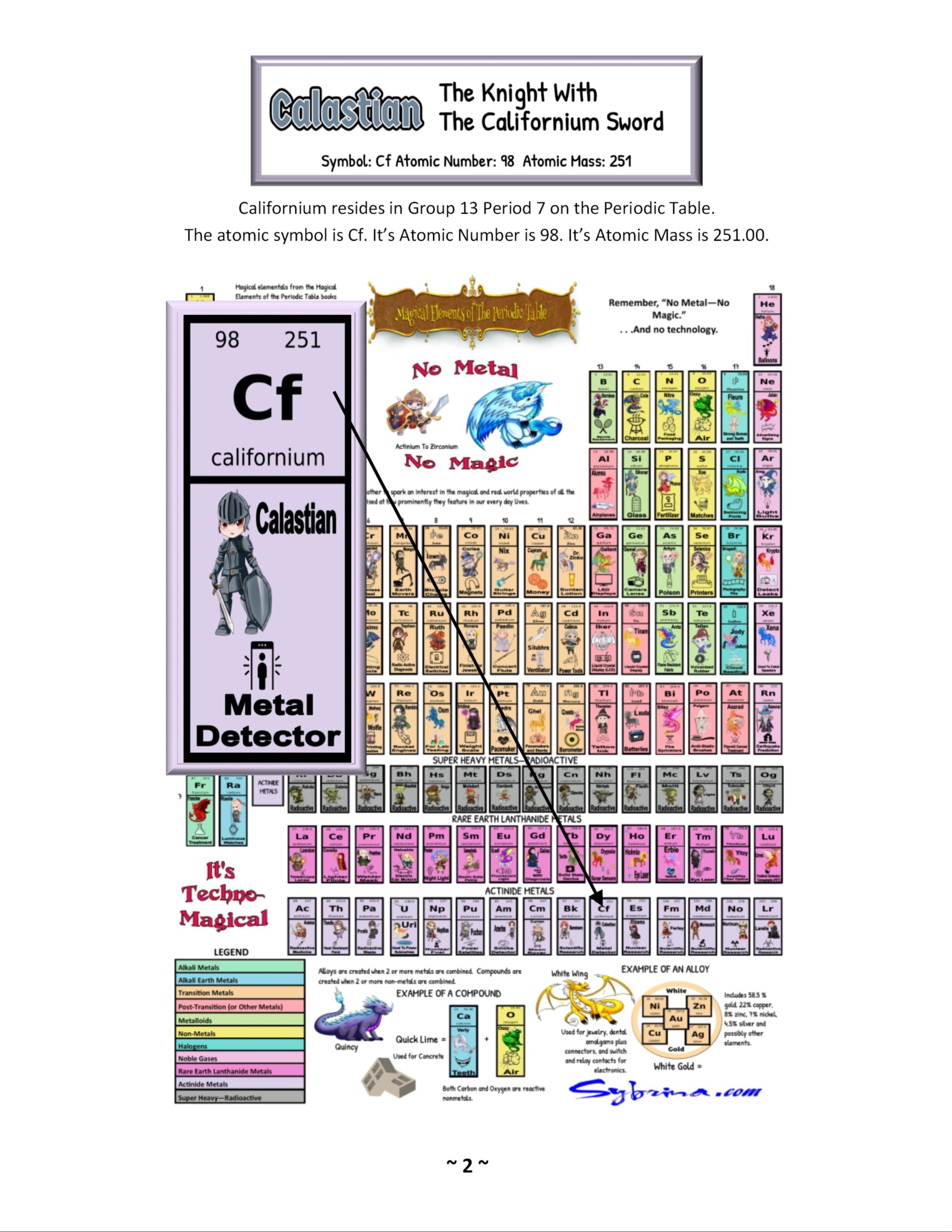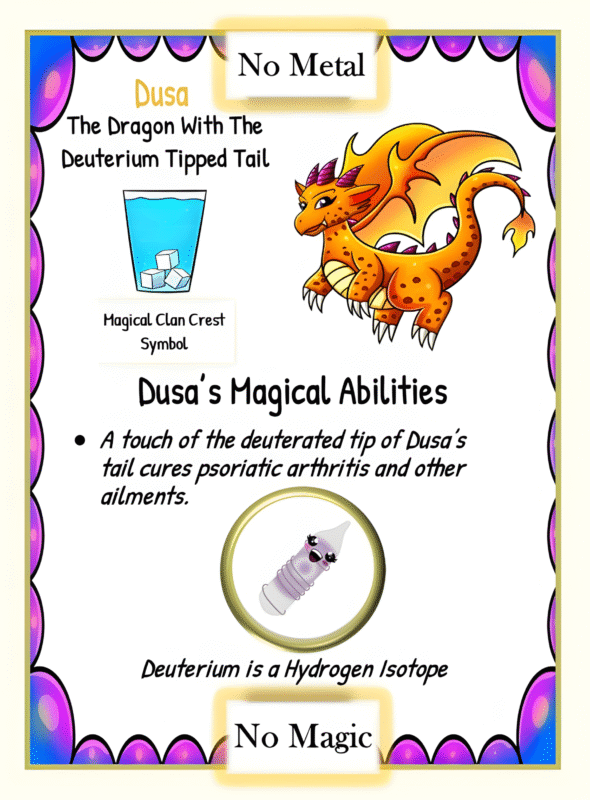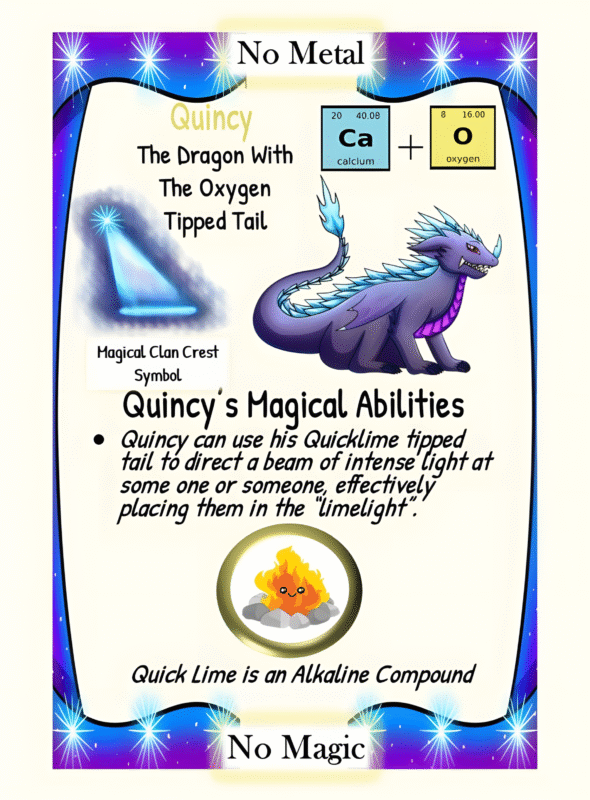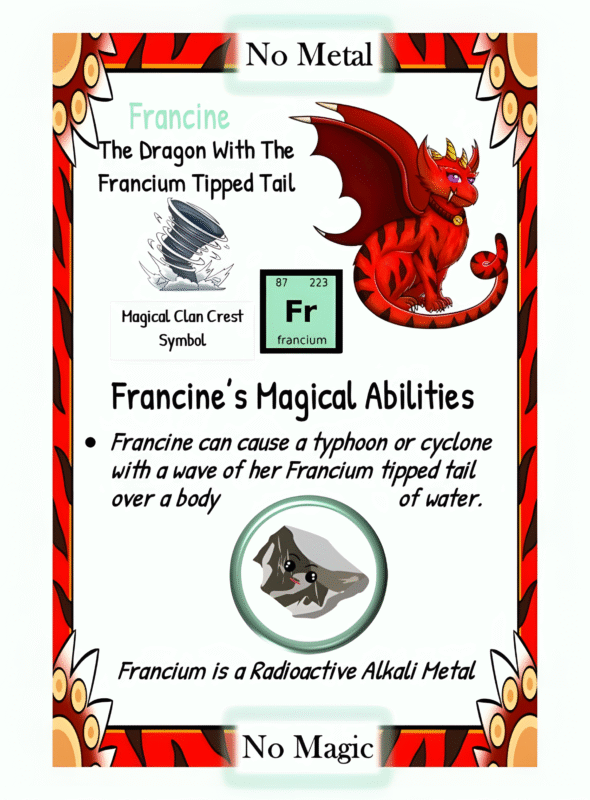
Imagine opening a treasure chest filled with elements and secrets of the universe—also known as the periodic table! In this treasure trove, one shiny gem, Californium, waits to unveil its captivating story. Discovering Californium is like unearthing an enigmatic relic from the heart of scientific exploration, with applications that tickle the imagination and potential that glows brighter than the stars.
To journey into Californium’s story, we must travel back to the year 1950, in a world where the atomic age was dawning, and the excitement of scientific discovery was palpable. Nestled within the hallowed halls of the University of California, Berkeley, a team of researchers led by the brilliant Glenn T. Seaborg set out on an adventure: to uncover a new element by bombarding curium with neutrons. Just as a sculptor chisels away at a block of marble, these pioneers meticulously worked with particles to unveil a hidden gem.
With sheer determination and a sprinkle of luck, Seaborg and his team successfully created Californium, named after the state of California. It was like giving birth to a child of the stars—one that would carry the legacy of scientific ingenuity. This element not only became a testimony to the triumphs of nuclear chemistry but also ultimately contributed to the world in unexpected ways.
Californium, symbolized as Cf with an atomic number of 98, belongs to the actinides, a group of elements filling the ocean of the periodic table with mystery. For the uninitiated, element 98 sounds unassuming, but delve a little deeper, and you’ll uncover its mystical applications. Californium holds remarkable promise, especially in the fields of science and technology, and we’re currently peeking through the keyhole of its potential.
One of the marvels of Californium is its ability to emit neutrons, making it a key player in various nuclear reactions. This characteristic is like a magic wand, allowing scientists to use it in nuclear reactors and even in the process of nuclear fission. In laboratories and research facilities, Californium acts as a neutron source, helping researchers embark on quests of knowledge. But that’s just the beginning!
While currently, Californium has limited commercial applications, it does find use in specialized areas. For instance, it has been utilized in neutron moisture gauges, which play a crucial role in monitoring soil moisture in agriculture, helping farmers nurture their crops. Additionally, Californium has been employed in the treatment of certain types of cancer, where these neutrons can help target and destroy malignant cells. Even though its use is not widespread, the potential for future applications in medicine and energy generation holds exciting promise.
What does the future hold for Californium? As scientists continue to peel back the layers of this element’s enigmatic nature, the dreams of expanded uses ripple through laboratories around the globe. With the world seeking greener energy sources, Californium’s ability to generate neutrons may be leveraged in advanced nuclear reactors, which promise to be safer and cleaner. Researchers are tinkering with ideas that involve harnessing Californium for next-generation energy technologies, possibly paving the way for a brighter future.
Moreover, in the realm of medicine, the fight against cancer is relentless, and with Californium’s properties, researchers speculate it could empower new treatments. As the science of personalized medicine evolves, this element could become an ally in developing targeted therapies, liberating patients from the clutches of cancer, and offering healing where once there was despair.
As we muse about Californium, it’s important to remember it didn’t just sprout forth on its own. The journey of its discovery is a profound reminder of human curiosity and the quest for knowledge. The triumphs and failures of Glenn Seaborg and his team resonate through time, inspiring generations of scientists and dreamers alike. From those early experiments, the crafting of Californium stands as a testament to the power of collaboration and ambition.
There’s a fun anecdote that captures the wonder of its discovery—a humorous complication that ensued when Seaborg’s team first synthesized Californium. As the team marveled at their discovery, a colleague famously misinterpreted the name as a reference to California cuisine, humorously suggesting that it might be used in gourmet dishes! Though it was merely a jest, it adds a delightful twist to the narrative, showcasing how science sometimes overlaps with the playful nature of human creativity.
As we close this chapter on Californium, we come to realize that within the vastness of the periodic table lies an interconnected story where elements are not merely letters and numbers, but pieces of a grand puzzle. Californium shines brightly, carrying the legacy of its discovery and the glimmer of potential that stretches towards the horizon.
This article is brought to you by Sybrina Durant, the author of the Magical Elements of the Periodic Table Book Series. Learn More.
Inter-Active Elemental Fantasy-Themed Periodic Table from Magical Elements of the Periodic Table Presented Alphabetically by The Elemental Dragon Clan
Click here to use The Inter-Active Viewer for the periodic table above to learn more about the elements each elemental represents on this periodic table. Want this No Metal No Magic periodic table in a 24″ x 36″ Poster? Click here.
Sybrina Publishing Offers Fun Activities Based On The Book
Magical Elements of the Periodic Table Magical Elementals
Browse Magical Elemental Activities at MagicalPTElements or Sybrina-Publishing on TPT or Classful


















